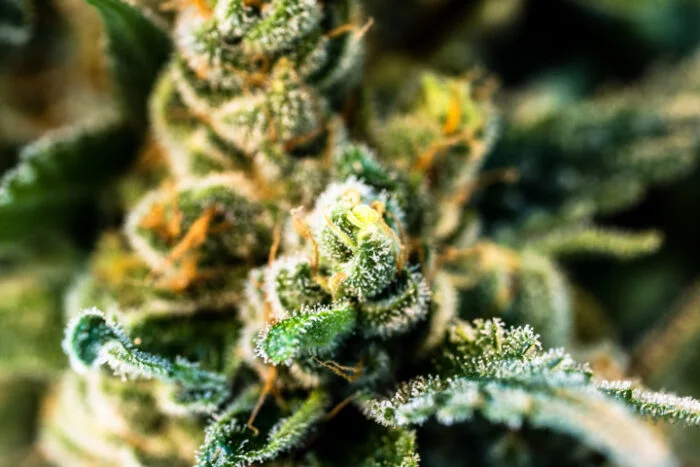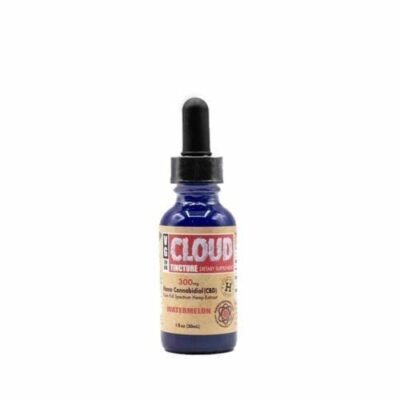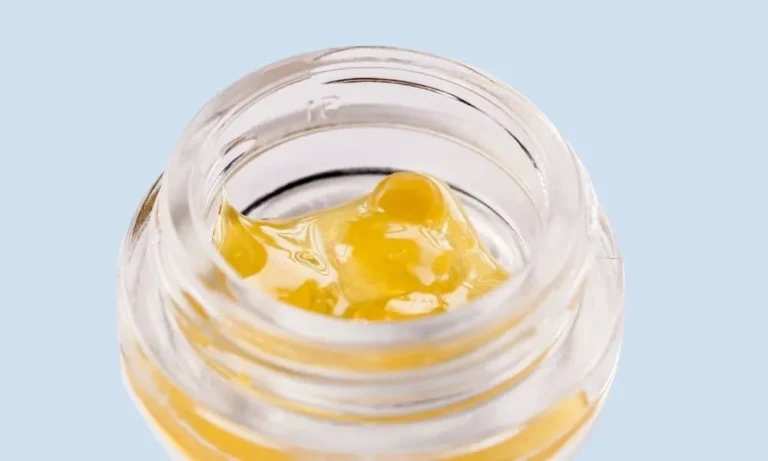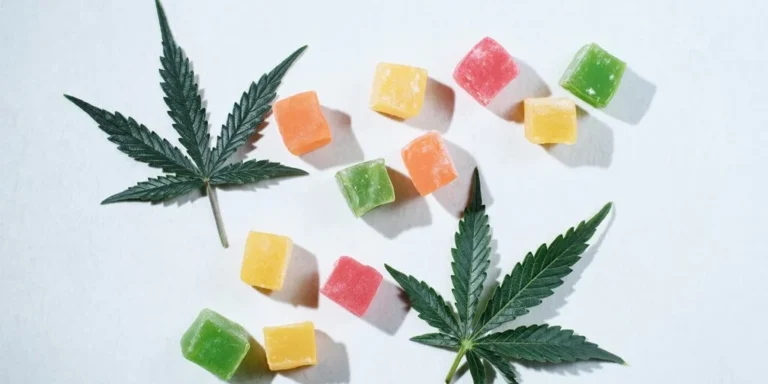How Bad Is One Joint A Day For Your Lungs
The discussion surrounding Cannabis consumption has grown significantly, especially as legalization and societal acceptance increase. As more people explore cannabis for its potential benefits, a frequent question that arises is whether smoking a joint daily can harm the lungs. While we cannot make absolute conclusions, it’s important to take a closer look at how daily cannabis use may affect lung health.
Any form of smoking—whether tobacco, cannabis, or other substances—presents potential risks to lung health. Smoking introduces various chemicals and particulate matter into the lungs, which, over time, can influence respiratory function. Although cannabis contains different compounds than tobacco, it is often compared to it in terms of its impact on the body. Smoking any substance may pose risks, and while cannabis smoking’s long-term effects are still being studied, it’s generally understood that moderation plays a key role in minimizing potential harm.
The Difference Between Tobacco and Cannabis Smoke
A key aspect in evaluating how smoking cannabis impacts lung health is differentiating between cannabis smoke and tobacco smoke. Tobacco is well-known for its link to various lung issues such as chronic obstructive pulmonary disease (COPD) and lung cancer.
However, cannabis smoke does not carry the same level of established risk as tobacco. Research indicates that occasional cannabis smokers may not suffer the same degree of lung damage or respiratory diseases as those who smoke tobacco regularly. Although both types of smoke contain similar harmful toxins and carcinogens, cannabis also includes distinct cannabinoids and terpenes that could potentially have different effects on the body.

Moderate Cannabis Use and Respiratory Health
When it comes to understanding how smoking cannabis affects lung health, moderation is key. For many, smoking one joint per day is considered moderate use, though the impact on respiratory health can vary depending on factors such as overall health, age, and frequency of use. While some studies suggest that moderate cannabis consumption does not result in the same degree of lung damage as smoking tobacco, many cannabis users report few respiratory issues over time. Additionally, research on the long-term effects of daily cannabis use is still developing, and more studies are needed to fully understand how consistent consumption affects lung health in the long run.
Potential Benefits of Cannabis on the Body
While concerns about lung health are valid, it’s important to acknowledge the numerous potential benefits cannabis can offer. The cannabinoids found in cannabis, especially CBD and THC, are known for their anti-inflammatory effects, which may help with conditions like bronchitis or asthma. Many cannabis users also report feelings of relaxation, reduced stress, and relief from chronic pain, which can enhance overall well-being. When used responsibly, cannabis can be a positive addition to an individual’s wellness routine, supporting both physical and mental health.
Smoking and Alternative Consumption Methods
For those worried about the effects of smoking on their lungs, there are a variety of alternative methods for consuming cannabis. Options such as vaping, edibles, tinctures, and topicals allow individuals to experience the benefits of cannabis without the risks associated with inhaling smoke. These methods offer flexibility in how cannabis is consumed and can be tailored to personal preferences and desired effects.
Conclusion
While smoking one joint per day may present some risks to lung health, the extent of these effects varies from person to person and is still under study. For many, moderate cannabis use does not result in serious long-term lung damage, though individual health considerations should always be taken into account. Exploring different consumption methods and staying informed about ongoing research are important steps in making educated decisions regarding cannabis use and its impact on lung health.






